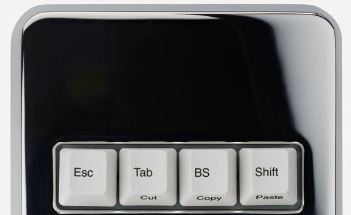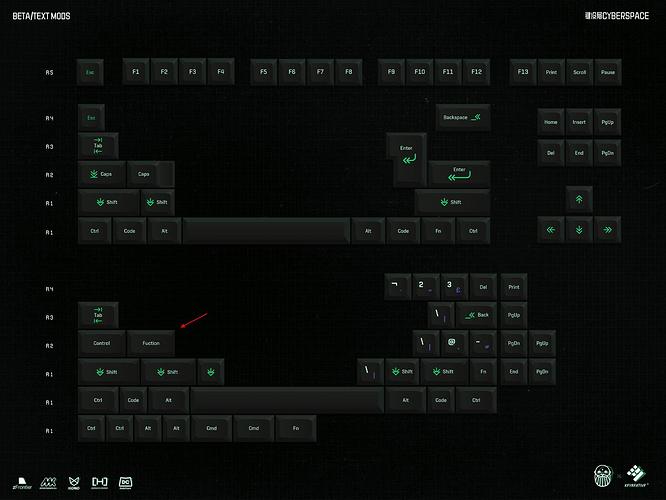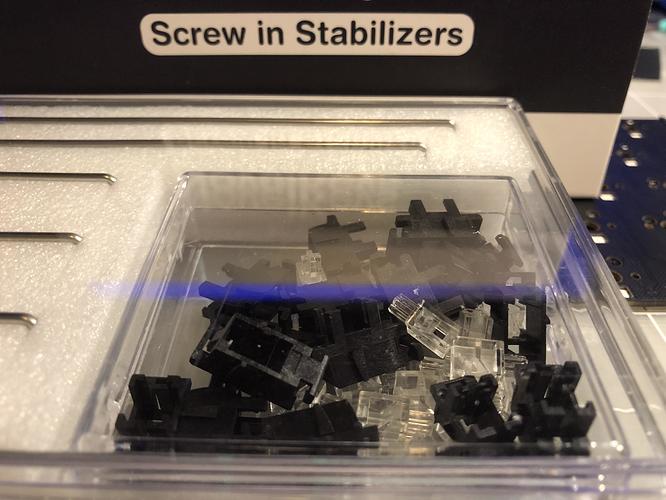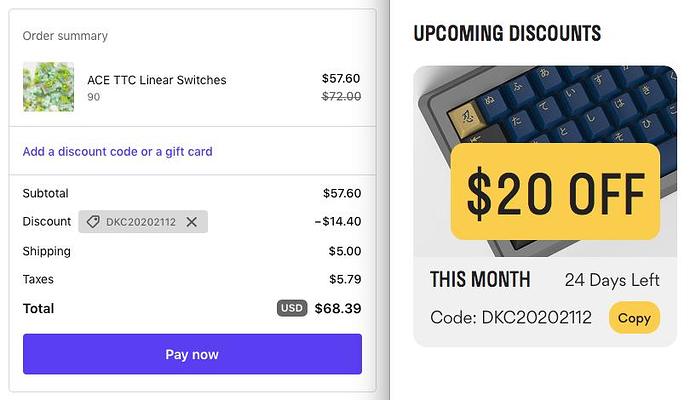I laugh every time that I see this pic. I’m glad that they are being honest, but they also should step back and think about the quality before selling products (not really their MO though).
Crazy thought - what if a company included annealing as part of their PBT manufacturing process?
I’d be happy to pay a few bucks more for a PBT keyset whose manufacture has a straightening process for wider keys, like the books-and-blow-dryer thing we do, but automated and with a machine:
- Injection-mold space bar part
- Part cools and warps how it will
- Anneal the part in a heated mold in the correct shape
- Gain reputation for reliable PBT sets
- Profit!
“Anneal” is a word usually used for metal or glass, but in the past few years I’ve seen it used to refer to a process of smoothing / homogenizing plastic 3D prints. Given the process we already use to straighten warped PBT caps, I bet this otherwise similar process would yield similar results.
With plastic, it’s usually done by creating a mold of sand or similar material all the way around the print, and then heating it to melting point. The seams between layers melt together while the print retains its overall shape. If pre-shaped metal tooling were used instead of sand, pressure could be added to the equation - and I think that could work on banana bars. I wonder if any of the manufacturers have already tried something along these lines…
Look at the bottom of old AEK caps. If you make the molds correctly with a fold at the bottom to counter the twisting force of shrinkage the keycaps come out much straighter. Apple/Alps figured out PBT 35 years ago.
It’s human error, but still kind of funny that this key was actually made (presuming the pictures I’ve seen are real) with this spelling mishap:
BLEEPTion is my favorite key!
I’ve watched a couple videos about 3D printed part annealing. Their goal is to increase strength of the part versus retain shape, but interestingly, shape can change. An outcome that could impact injection molded parts I would think.
Anyway, it seems like it was a pretty fussy process; at least on the small scale.
The Irony… I just got some durock plate mounts instead of screw-in’s… as well!
I’ll admit that I think this is pretty cool, but also very gimmicky.
Overpriced by a factor of two at least based on the parts, but a very cool concept that deserves exploring.
What I’ve wanted for years is a mechanical keeb with a built-in e-ink display and basic memory for journaling. It might look something like this, with a big more angle on the display. It might be nice to offer options for the display type depending on preference; I’m interested in e-ink for the very low power requirements and eye-strain that’s no greater than a sheet of paper.
The height of that display looks about right to me; I’d want it taller than the display you might find on a late model word-processing typewriter, but much shorter than something like a laptop - I’d like it to feel balanced on someone’s lap, and be comfortable to use from that position.
I recognize it would be a niche item, but I’d personally be very into having a dedicated journaling device - not too unlike a paper journal, but built for typing. My handwriting is slow and tortured, but I can more or less keep up with my thoughts when typing.
Any of you folks think you might like something along those lines?
I’ve played around with a few different RPI Zero inspired portable writing machines. The e-ink thing is a little tricky I’ve found just because the refresh rates of the cheaper displays are really bad.
A while back I found this DIY device which provided a lot of inspiration. It’s “core” keyboard is a core but there’s no reason you couldn’t use something else.
Worth noting that as I played around with different designs I kept getting tripped up by the fact that all of these require a pretty extreme neck angle while using. There’s definitely a “tech neck” concern. My main computer is a laptop but 95% of the time I have it connected to an external monitor so when I actually open it up and use it it’s uncomfortable. I continually feel with these distraction free writers that the ideal solution some day will be a something like Google Glass (or whatever). Way off-topic there but it is something that keeps me away from diving into one of these devices.
True indeed. I have a plate and some bolts in mine, so it’s definitely something I should be thinking about. ![]()
Maybe it would be better to have a tablet-like thing that can connect via bluetooth or usb; that would allow for more screen space, placement flexibility, and let people use their own boards. If a Kindle could be hacked for this purpose, that works for me too.
If you can find a used Remarkable tablet there are some folks who have turned it into a distraction free writer. It’s not cheap but it might be exactly what you’re looking for. Here’s a few links:
Distraction Free Writing with a reMarkable Keyboard • Nick Temple.
Agreed. Very intriguing design and concept. Hmm indeed.
3rd button… If only it were…

I’ve thought about rolling my own of these based on a pi and a touchscreen, sort of like a modern-day Tandy 100. I’d love it as a mech keyboard with a built in low-performance cyberdeck that can be used for writing/ssh/remote access, etc.
This one seems dodgy, expensive, and not quite up to what’s promised: https://www.reddit.com/r/cyberDeck/comments/ocahvl/ficihp_multifunctional_keyboard_with_builtin_126/
I agree with this comment from the reddit post above:
Looks like it is a third of the way to a cyberdeck. Maybe a quarter. Now for PS, case, and CPU board
I’ve also thought along the same lines, with the caveat that as I age my eyes can’t cope with small text so the Lisperati won’t do for me. That said, throw in a bigger screen like on the FICIHP and I’ll be in.
GB when? ༼ つ ◕◕ ༽つ  ︎
︎
(I’ll toss in a name: CyberdecKB or CKB for short)
Dorp being dorp 🤷 u shouldn’t be surprised 




